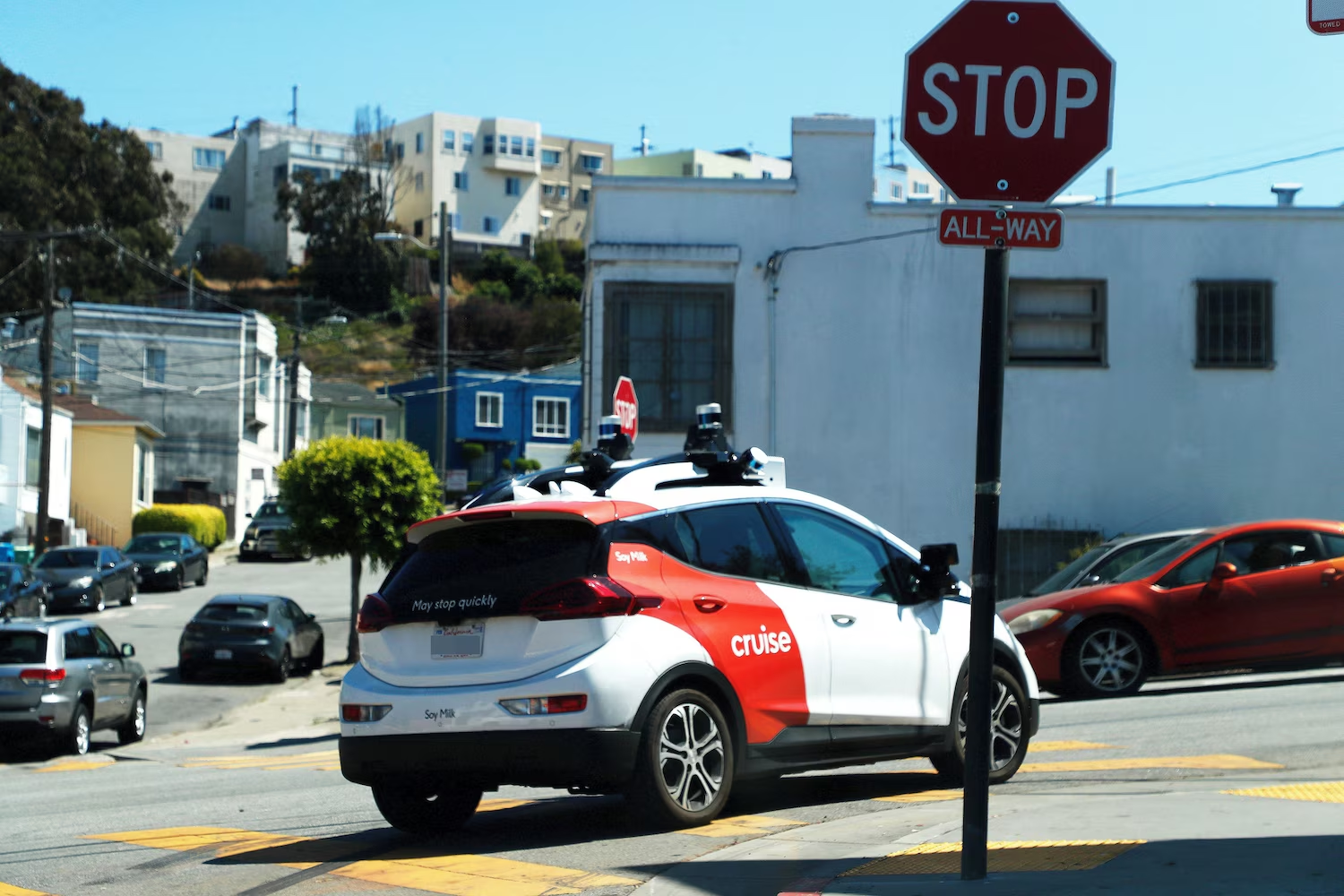General Motors (GM) acquired Cruise Automation in 2016 with the vision to revolutionize urban transportation through autonomous vehicles. Since then, the company has invested over $10 billion into developing its robotaxi business. The aim was to capture a significant share of the burgeoning autonomous vehicle market and generate an estimated $50 billion in revenue by the end of the decade. However, despite these ambitious goals, GM recently announced the cessation of its Cruise robotaxi operations, redirecting its focus towards personal autonomous vehicles.
Cruise faced numerous challenges that hindered its progress. Key among these was regulatory scrutiny, culminating in a $1.5 million fine from the National Highway Traffic Safety Administration for failing to disclose details of a pedestrian-involved crash. Additionally, the competitive landscape posed significant hurdles, with rivals such as Waymo and Tesla advancing their technologies. These factors, coupled with a broader industry retrenchment to preserve capital, influenced GM’s decision to integrate Cruise’s operations into its core business.
Analysis of Cruise’s Market Position
According to insights from CNBC, Cruise struggled to maintain its position in the autonomous vehicle market. Despite early investments, the business encountered difficulties in achieving technological parity with competitors like Waymo and Tesla. This gap in technology and market perception made it challenging for GM to justify further investments in Cruise’s robotaxi ambitions. Analysts suggest that GM’s pivot towards personal autonomous vehicles reflects a strategic reassessment of market opportunities and risks.
The discontinuation of Cruise’s robotaxi business may have broader implications for the autonomous vehicle industry. It raises questions about the viability of robotaxis as a standalone business model and highlights the complexities involved in developing and deploying such technologies. While GM remains committed to vehicle autonomy, its focus on personal autonomous vehicles suggests a shift towards applications that may offer more immediate returns and align better with consumer demand.
Strategies for Saving Capital in the Current Market
In the current economic climate, conserving capital has become a priority for many automakers, including GM. By folding Cruise’s operations into its main business, GM anticipates saving over $1 billion annually. This decision is part of a broader strategy to streamline operations and focus investments on areas with higher growth potential, such as electric vehicles (EVs) and advanced driver-assistance systems like Super Cruise.
GM’s decision to end its robotaxi initiative is seen positively by Wall Street analysts, who expect the automaker to use the saved capital for additional share buybacks and other growth initiatives. This move underscores GM’s commitment to sustaining its financial health while strategically positioning itself in evolving automotive markets. Maintaining a balance between innovation and fiscal responsibility is crucial for long-term business sustainability.
Several factors contributed to the decline of the Cruise robotaxi initiative. Regulatory challenges, market competition, and technological hurdles were significant obstacles. Furthermore, GM’s previous experiences with pioneering technologies like the EV1 and Chevrolet Volt highlight a pattern of initial innovation followed by strategic pivots when market conditions change.
The robotaxi space is highly competitive, with companies like Waymo and Tesla investing heavily in technology development. Waymo, for instance, has successfully launched and expanded its robotaxi services in multiple cities. Tesla continues to advance its Full Self-Driving (FSD) capabilities. In this context, GM’s withdrawal from the robotaxi market suggests a recognition that it may not be positioned to compete effectively against these established players.
GM’s Super Cruise technology represents a significant advancement in hands-free driving assistance systems. Initially introduced in 2016, Super Cruise has been rolled out across GM’s vehicle lineup and continues to evolve with new features and capabilities. This technology allows drivers to navigate highways without hands on the wheel, providing enhanced safety and convenience.
Innovations like Super Cruise are integral to GM’s strategy for capturing market share in the growing field of advanced driver-assistance systems (ADAS). By focusing on refining and expanding these technologies, GM aims to enhance vehicle safety and attract tech-savvy consumers. As autonomous driving technology progresses, features like Super Cruise could become standard offerings, aligning with consumer expectations and regulatory requirements.
In the rapidly evolving autonomous vehicle industry, maintaining a first-mover advantage is crucial but challenging. GM’s decision to end its robotaxi business reflects a shift away from attempting to lead in a crowded space where competitors have already established strong footholds. By refocusing on core competencies and adjacent opportunities, GM seeks to redefine its competitive edge.
Looking ahead, GM’s future in the autonomous vehicle industry will likely emphasize personal autonomous vehicles and ADAS technologies. The company’s strategic pivot aligns with broader industry trends favoring electrification and connectivity. As technological advancements continue, GM is well-positioned to leverage its expertise in EVs and software development to meet emerging consumer demands and regulatory requirements.
By strategically redirecting its resources and efforts, GM aims to ensure long-term success in an ever-changing automotive landscape. The lessons learned from Cruise’s robotaxi venture will undoubtedly inform future endeavors as GM navigates this dynamic industry.
Featured image courtesy of ABC News – The Walt Disney Company

